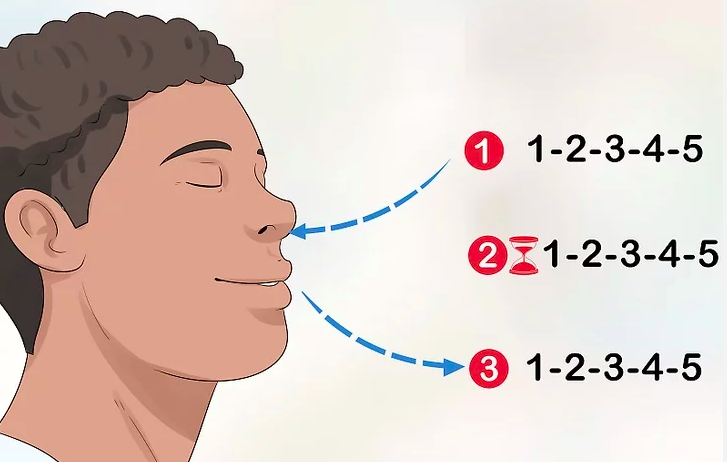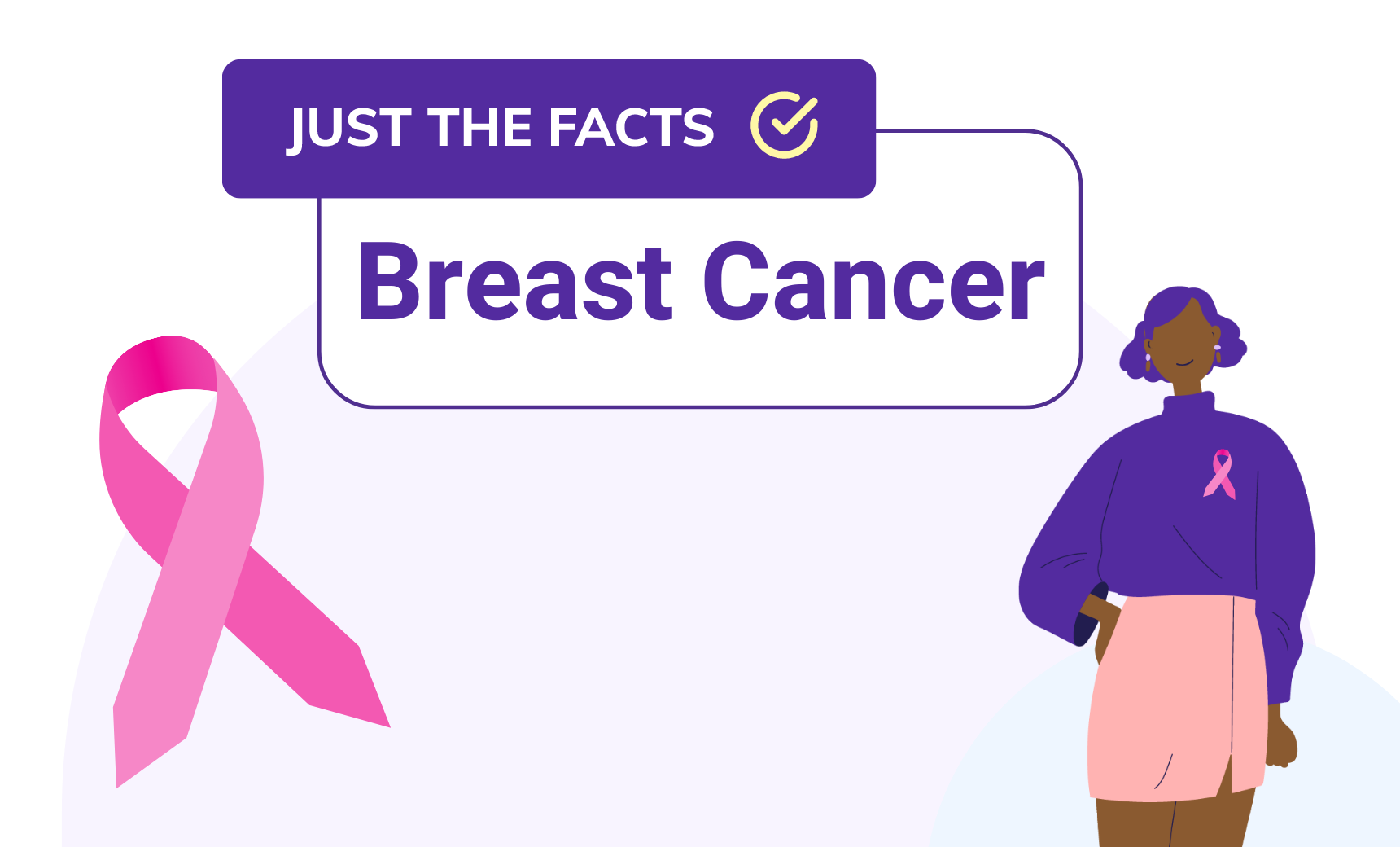
How to exercise your lungs if you have the novel Coronavirus, SARS-Cov2, COVID-19.
The human body is fascinating yet fragile in a myriad of ways. It can survive weeks without food, days without water, and only minutes without air. It demonstrates the vital importance of our respiratory system and how it should not be taken for granted.
To further expand on this concept, one of the initial complications after a major surgery is Atelectasis. A condition where a portion, or entire lung, collapses on itself. Atelectasis can lead to more serious complications such as fluid build up, pneumonia, or ARDS if not treated immediately.
In medicine, the best treatment is prevention. Therefore the best remedy to prevent Atelectasis during post-operative management is to have the patient undergo breathing exercises with a Spirometer. A device designed to exercise the lungs by breathing into an apparatus which elevates a small plastic ball upon expiration. The device helps exercise the utilization of the diaphragm, intercostal muscles, and lung compliance to prevent Atelectasis
For those positive with the novel Coronavirus, SARS-Cov2, COVID-19, the primary organ affected is the lungs. The complication associated with it’s advancement is Acute Respiratory Distress Syndrome (ARDS) which can cause inflammation of the alveoli sac preventing the diffusion of oxygen into the bloodstream.
According to the American Lung Association, breathing exercises can be done in two ways; Pursed Lips and Diaphragm (Belly) Breathing.
- Pursed Lips breathing – simply breathe in through your nose and breathe out at least twice as long through your mouth, with pursed lips.
- Belly breathing – As with pursed lip breathing, start by breathing in through your nose. Be mindful how your belly fills up with air. You can put your hands lightly on your stomach and be aware of your belly rising and falling. Breathe out through your mouth at least two to three times as long as your inhale. Be sure to relax your neck and shoulders as you retrain your diaphragm to take on the work of helping to fill and empty your lungs.
Another techniques include:
- Increase each of your counts as you practice proper breathing – The easiest breathing exercise is to simply inhale, hold your breath, and exhale for longer counts. First, increase your count to 5, then 6, and eventually work your way up to 10. Do 3 or 4 sets of inhales, holds, and exhales for each count. Make sure to maintain the proper breathing techniques by filling your belly and keeping your shoulders down for this and any other exercise.
- Decrease your inhale counts and increase your exhale counts – Inhaling for a shorter count and exhaling for longer is great exercise for your diaphragm. Start by doing a few sets of 6 count inhales and 8 count exhales. Proceed to count to 5 as you inhale and to 10 as you exhale, then gradually work your way up to inhaling for a 2 count and exhaling for a 20 count. Work on filling your lungs with air in a shorter amount of time and controlling your exhale to blow out in a steady stream for a longer amount of time.
- Exhale very slowly as if you were blowing through a thin straw – For this exercise, imagine there’s a candle in front of your face. Your goal is to blow out so slowly and gently that your breath doesn’t make the candle flicker. Fill your lungs with air, then exhale through your imaginary straw until you empty your lungs. Repeat this exercise 10 times.
Hopefully, these techniques can help train your body to prepare if positive for the novel Coronavirus, SARS-Cov2, COVID-19. Perhaps it can minimize time spent on a ventilator, or better yet, prevent it completely. Stay safe and be vigilant!




Andy Alem
The LabFinder Editorial Team is behind The Illuminator and The Insider, LabFinder’s consumer and business blogs.
Dr.Robert Segal
Dr. Segal is CEO and co-founder of LabFinder, as well as a board-certified cardiologist. He began practicing medicine in 2002 and has founded several businesses, including Medical Offices of Manhattan and Manhattan Cardiology.